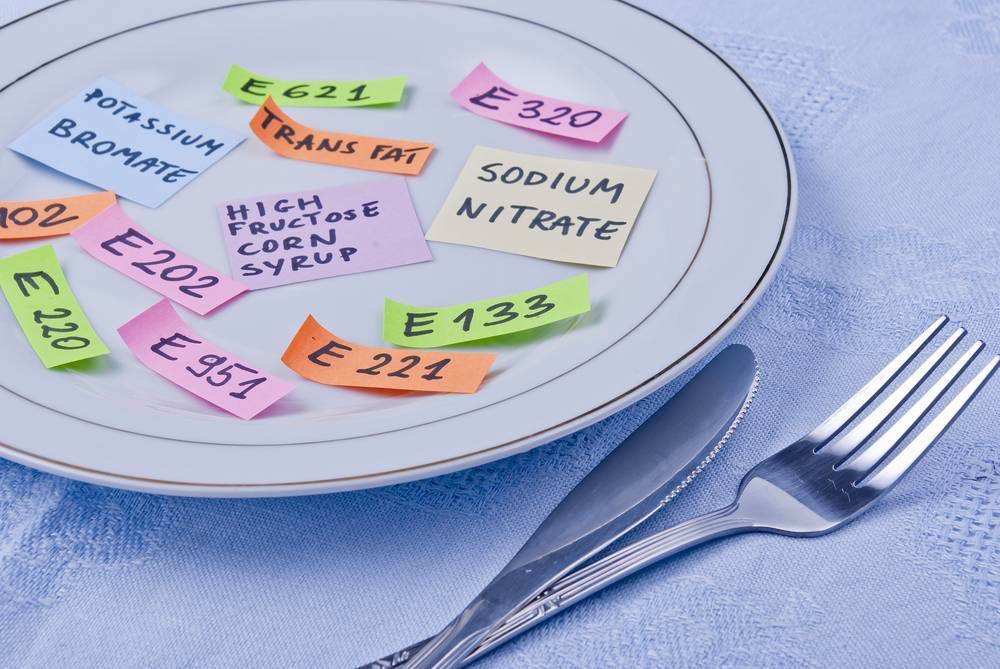FOOD ADDITIVES AND E NUMBERS

Food additives have been with us since the earliest times in human history. Of course, when it comes to food additives, synthetic and chemical components come to mind. But according to the definition of food additives, it includes all components used in food production, processing, transport, or storage. For example, salt is the oldest known food additive and was used to prevent food spoilage in ancient times. These products were started to preserve and improve the taste of foods first and continued with different purposes, like food color usage in Egypt. On the other hand, as flavor enhancers, incense, spices, and so on, the use of substances also continued.

The use of food additives has increased with the industrial revolution. Because of the high amount of food production and the necessity of stocking the food, the foodstuffs needed a shelf life. These substances, primarily under the supervision of the World Health Organization (WHO), were later brought to a standard as they were free or prohibited in the regulations of different countries. The effects on health have been investigated and classified according to European standards, with an E-code from the EU (European Union). This has facilitated international trade.
The first contributions to the creation of the E code were food colorants. These codes were given to colorants in 1962 and were also created for preservatives in 1964, antioxidants in 1970, and emulsifiers and thickeners in 1974.

The E codes generated by Europe follow the INS codes generated by Codex Alimantarius (an independent organization for international food trade and safety). The main objective of the Codex Alimantarius Commission is to protect consumers' health and ensure fair practices in the international food trade. Codex Alimentarius is recognized by the World Trade Organization as an international reference point for the resolution of disputes concerning food safety and consumer protection.
As a result, E numbers do not always refer to artificial or chemical substances and are a classification system. The E code does not provide information about whether the contribution is harmful. For example, substances such as vitamin C and lemon salt may also have an E-code. On the other hand, components that do not have an E code can also be harmful for human health.
You can contact us for more information.
